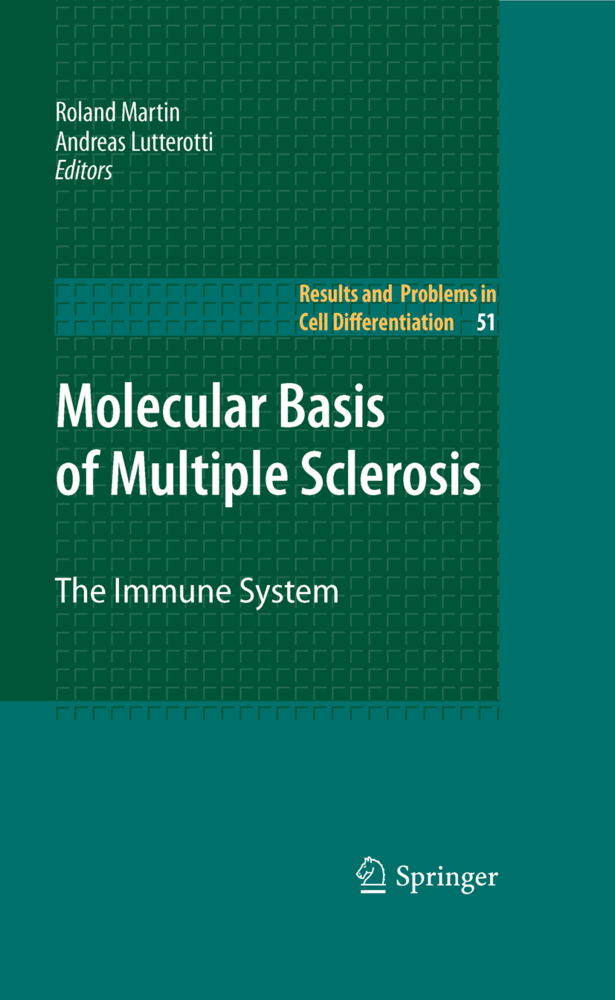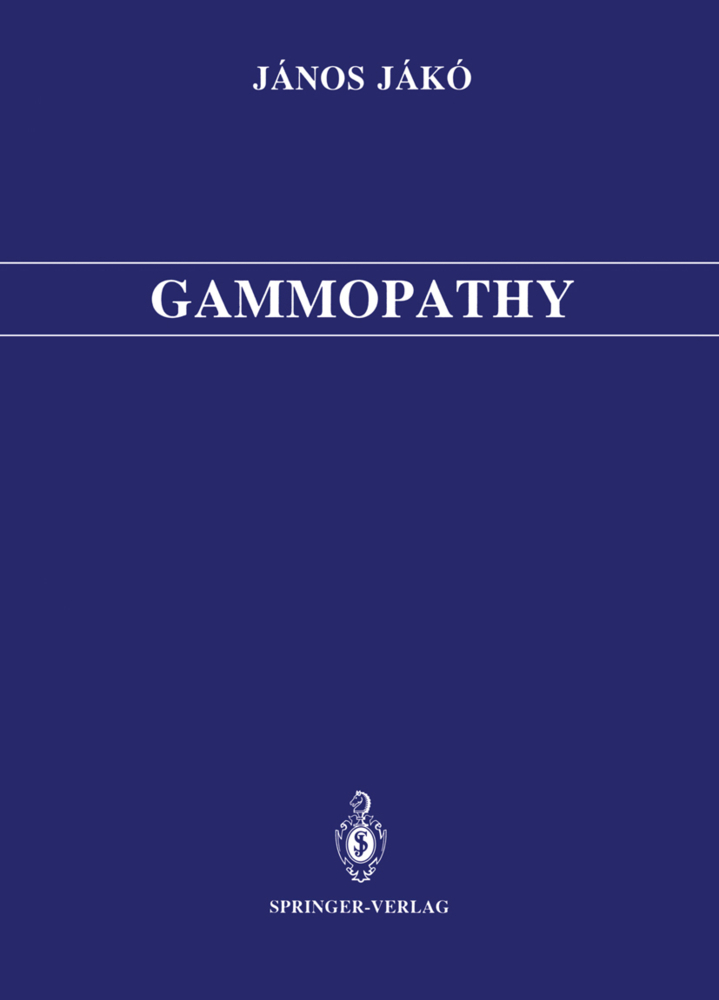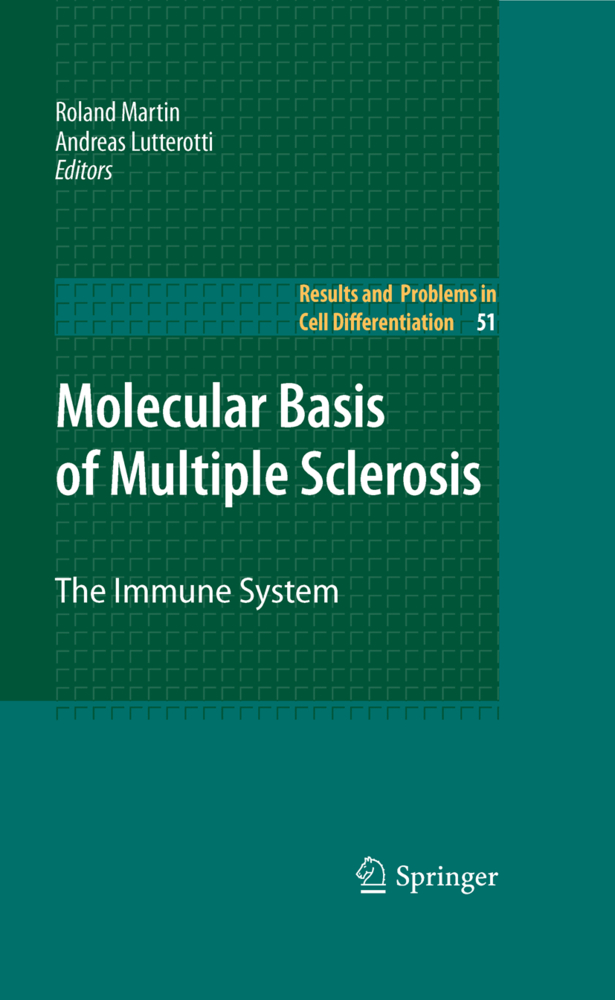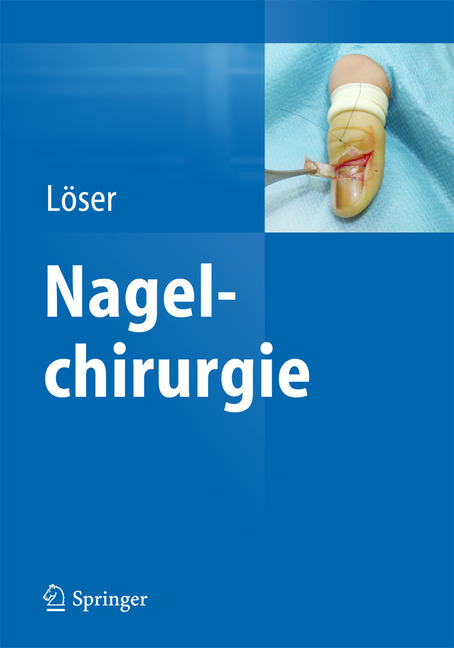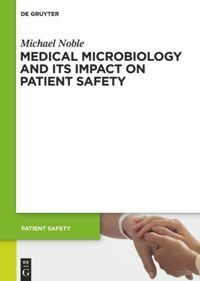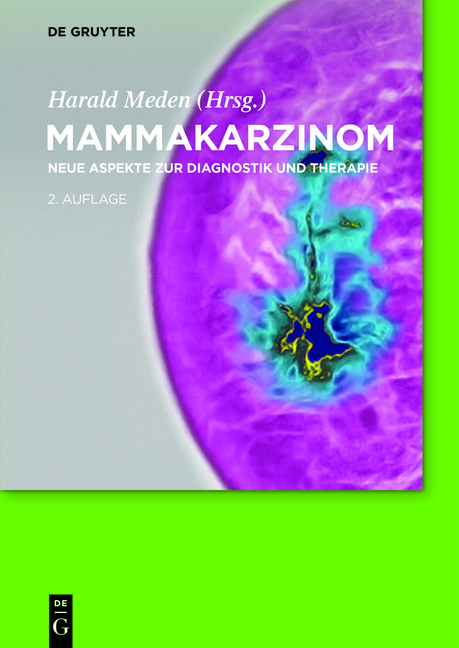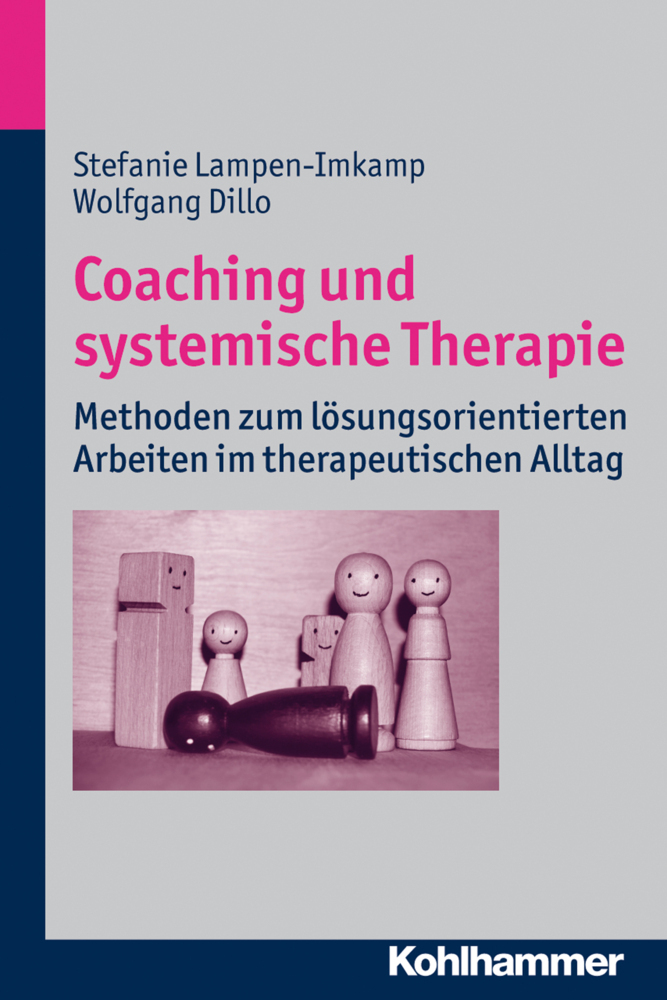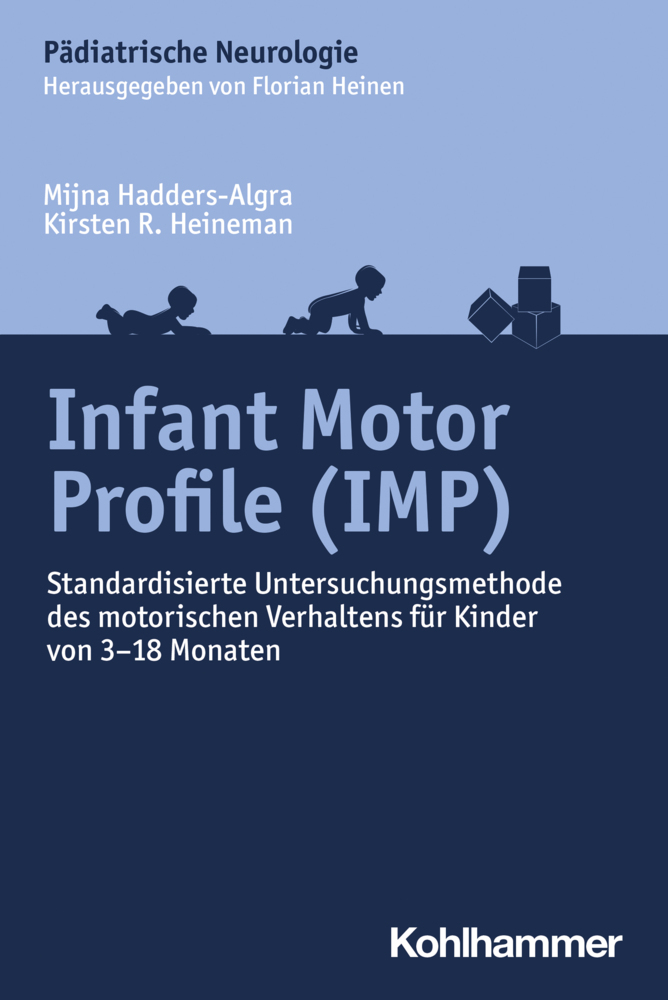Carbohydrate Expression in the Intestinal Mucosa
Carbohydrate Expression in the Intestinal Mucosa
References . . . . . . . . . . . . . 79 Subject Index . . . . . . . . . . . . . . . . . . . 93 VII Abbreviations AB Alcian blue AB-PAS Alcian blue - periodic acid Schiff ABC avidin biotin complex amine precursor uptake and decarboxylation APUD CCK cholecystokinin Cv conventional CV-P conventional animal fed purified diet conventional animal fed commercial diet CV-C DAB diaminobenzidine EC enteroglucagon follicle-associated epithelium FAE FITC fluorescein-isothiocyanate GALT gut-associated lymphoid tissue GF germ-free GF-P germ-free animal fed purified diet GF-C germ-free animal fed commercial diet GLI grey level index haematoxylin and eosin H&E HFA human flora-associated HFA-P human flora-associated fed purified diet IBAS interaktives Bild Analyse System PAS periodic acid Schiff PYY peptide with tyrosine (Y) at the N-terminus and tyrosine (Y) amide at the C terminus scm severe combined immunodeficiency SCFA short chain fatty acid SIR serotonin immunoreactive Abbreviations for lectins and their specific sugars are shown in Tables 2, 3 and 4 IX 1 Introduction The mucosal surface of the gastrointestinal tract is covered by a monolayer of colum nar epithelial cells. This epithelium represents a vast surface area that is vulnerable to foreign antigens and microbial pathogens. By being in contact with a large number of potentially harmful substances and infectious organisms, the mucosal surface must provide mechanisms not only to regulate the entry of macromolecules but to serve as an exporter of secretory antibodies for mucosal defence.
1.2 The Mucosal Immune System
1.3 Objectives and Scope of the Research Presented in This Monograph
2 Materials and Methods
2.1 Animals
2.2 Diets
2.3 Preparation of Tissues and Histochemical Methods
2.4 Quantitative Morphology
2.5 Morphometry
2.6 Lectin Histochemistry to Identify Carbohydrate Residues of Mucin
2.7 Staining Procedure for Neuroendocrine Cells
2.8 Syngeneic Bone Marrow Transplantation
2.9 Human and Mice Peyer's Patches
3 Mucosal Responses to Diet and Flora
3.1 Progress in Research of Intestinal Mucins
3.2 Results and Discussion
4 Influence of Diet and Microflora on Distribution of Enteroendocrine Cells
4.1 Results
4.2 Discussion
5 Peyer's Patches of SCID Mice After Syngeneic Normal Bone Marrow Transplantation
5.1 Results
5.2 Discussion
6 Carbohydrate Expression in Human and Mouse Peyer's Patches
6.1 Results
6.2 Discussion
7 General Discussion and Conclusions
7.1 Summary
References.
1 Introduction
1.1 Intestinal Mucins1.2 The Mucosal Immune System
1.3 Objectives and Scope of the Research Presented in This Monograph
2 Materials and Methods
2.1 Animals
2.2 Diets
2.3 Preparation of Tissues and Histochemical Methods
2.4 Quantitative Morphology
2.5 Morphometry
2.6 Lectin Histochemistry to Identify Carbohydrate Residues of Mucin
2.7 Staining Procedure for Neuroendocrine Cells
2.8 Syngeneic Bone Marrow Transplantation
2.9 Human and Mice Peyer's Patches
3 Mucosal Responses to Diet and Flora
3.1 Progress in Research of Intestinal Mucins
3.2 Results and Discussion
4 Influence of Diet and Microflora on Distribution of Enteroendocrine Cells
4.1 Results
4.2 Discussion
5 Peyer's Patches of SCID Mice After Syngeneic Normal Bone Marrow Transplantation
5.1 Results
5.2 Discussion
6 Carbohydrate Expression in Human and Mouse Peyer's Patches
6.1 Results
6.2 Discussion
7 General Discussion and Conclusions
7.1 Summary
References.
| ISBN | 978-3-540-41669-2 |
|---|---|
| Artikelnummer | 9783540416692 |
| Medientyp | Buch |
| Copyrightjahr | 2001 |
| Verlag | Springer, Berlin |
| Umfang | X, 94 Seiten |
| Abbildungen | X, 94 p. 43 illus. |
| Sprache | Englisch |

